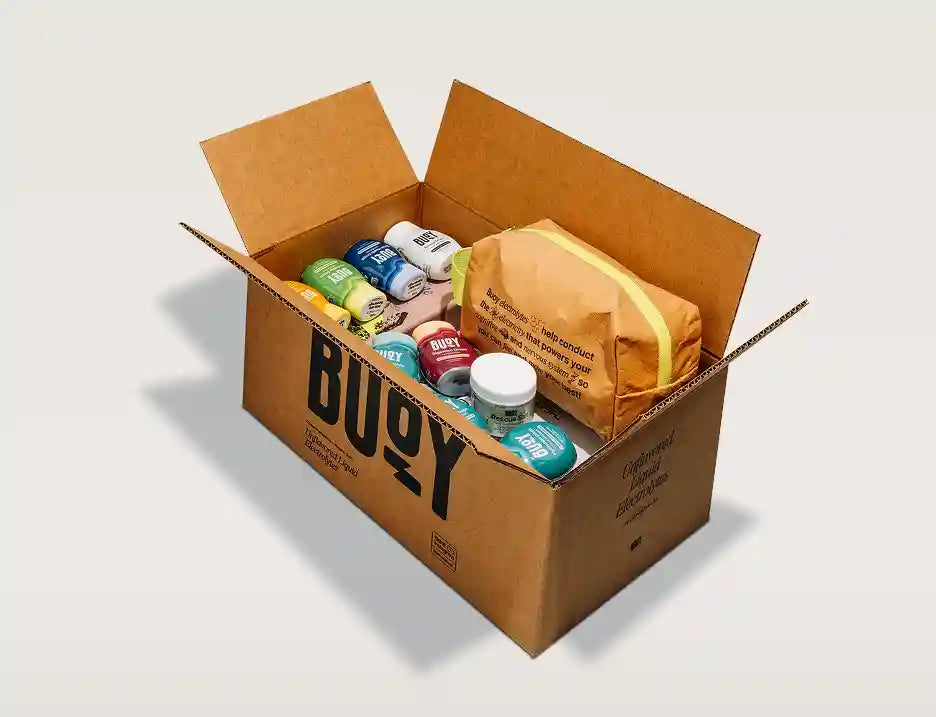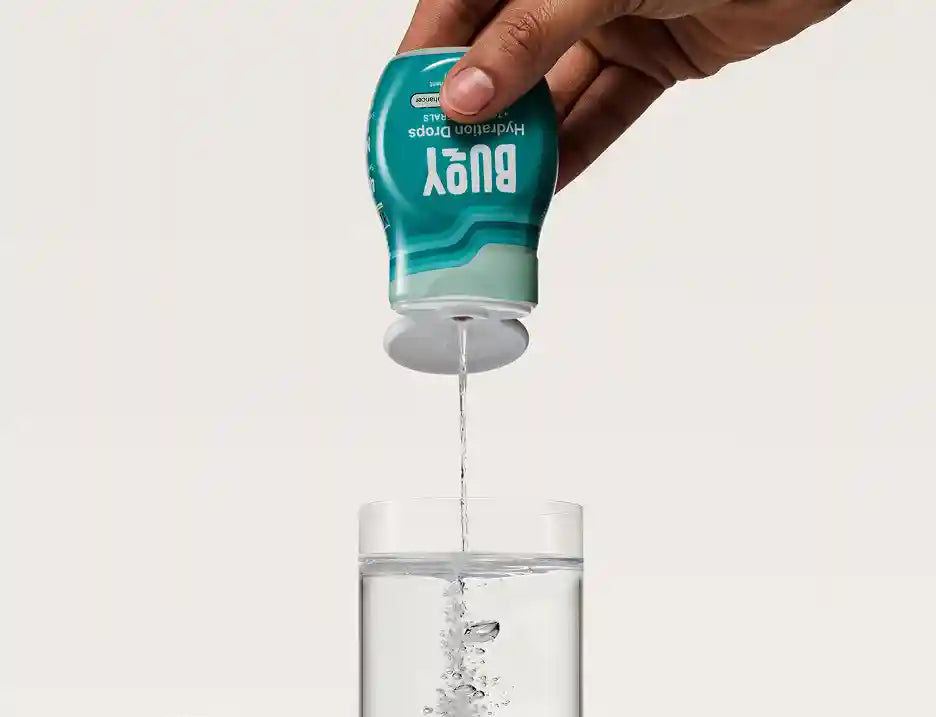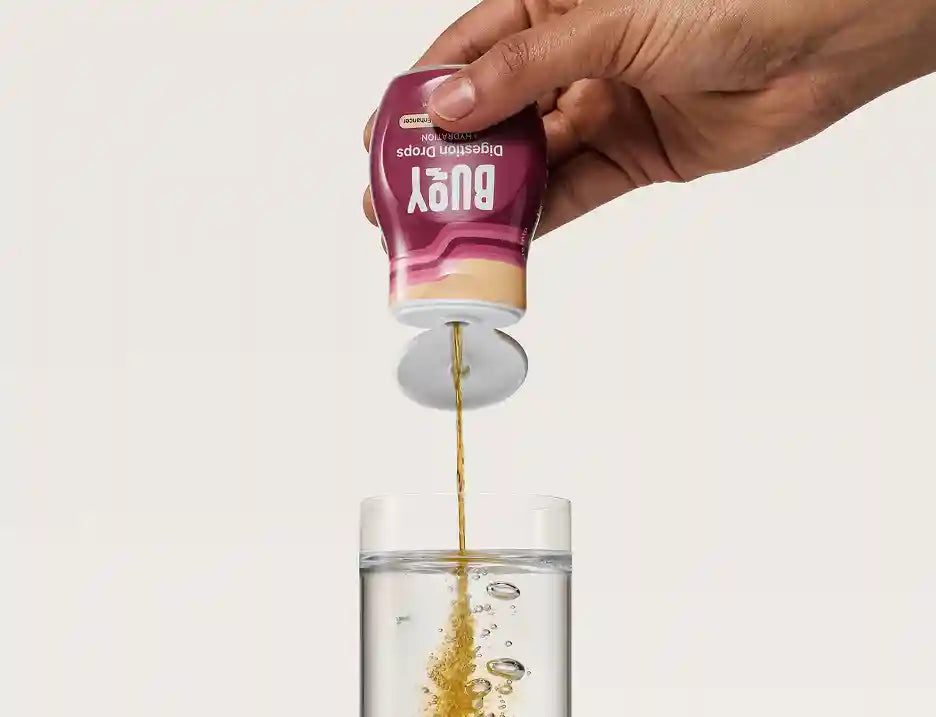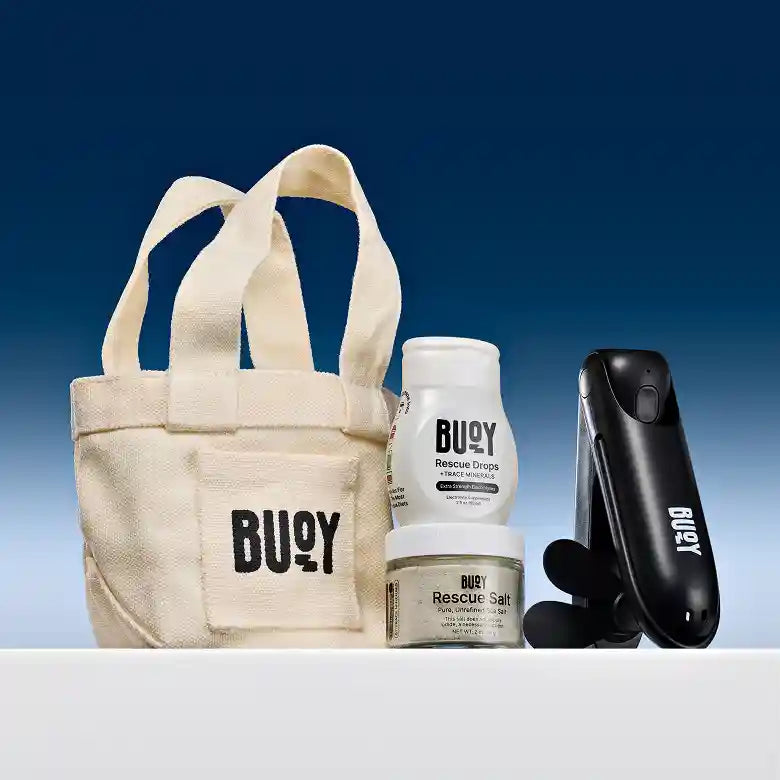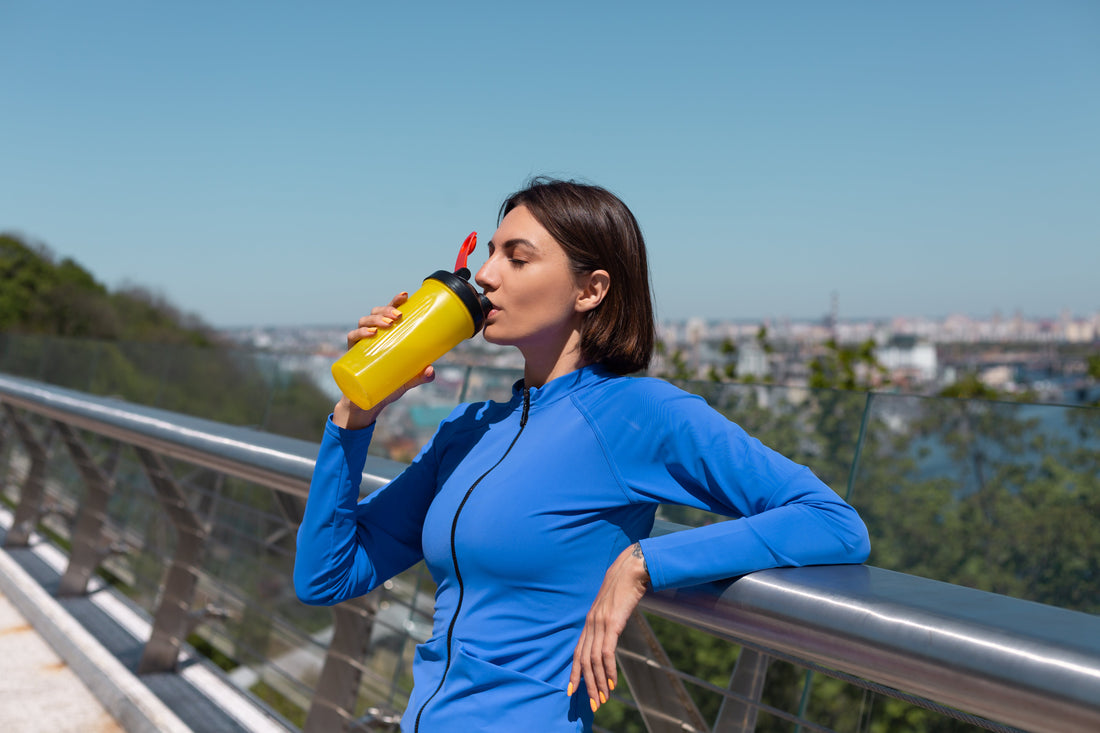
Electrolytes to Prevent Muscle Cramps and Support Peak Performance
Share
Muscle cramps can stop you in your tracks. Whether you're in the middle of a workout, out for a walk, or simply relaxing at night. Sharp, sudden, and frustratingly common, cramps often trace back to a simple root cause: electrolyte imbalance. If your hydration habits aren't covering more than just water, you could be missing the real fix.
When it comes to effective, reliable electrolytes to prevent muscle cramps, Rescue Drops stand out as a clean, sugar-free solution you can add to any drink. With 87+ ionic trace minerals and essential electrolytes in every squeeze, they help muscles contract and relax the way they’re supposed to - no spasms, no surprises.
Essential Takeaways
- Sodium, potassium, magnesium, calcium, chloride are vital for preventing muscle cramps.
- Rescue Drops deliver clean, zero-sugar electrolyte support in every sip. Ideal before, during, or after activity.
- Consistent daily habits, like spaced hydration and electrolyte intake, keep muscles firing smoothly and cramps rare.
Whether you're sweating hard, recovering from a cramp-prone workout, or just looking to stay ahead of discomfort, this guide gives you the how and why behind electrolyte-based cramp prevention - and how Rescue Drops make it simple.
- Why Electrolytes to Prevent Muscle Cramps Matter
- Know the Difference - Types of Cramps & Prevention Strategies
- Timing Your Electrolytes - When to Sip Rescue Drops
- Building Cramp-Resistant Habits Beyond Hydration
- The Most Important Electrolytes for Cramp Prevention
- Daily Use: Making Rescue Drops Part of Your Routine
- What Sets Rescue Drops Apart from Other Electrolyte Options
Why Electrolytes to Prevent Muscle Cramps Matter
Cramps happen when your muscles misfire - often because they're short on the minerals that help them function. Sodium helps cells retain water, potassium supports nerve signals, and magnesium helps control contractions. When your levels drop due to sweat, heat, or poor nutrition, cramps become more likely. This is why sports medicine experts often recommend electrolytes over water alone for athletes or anyone who’s physically active¹.
But it's not just athletes. Night cramps and spasms during light activity are also frequently linked to low magnesium or dehydration. Staying on top of your electrolyte intake ensures your muscles stay balanced - relaxed when you need them to be, and ready when it’s time to move.
Know the Difference - Types of Cramps & Prevention Strategies

Exercise-associated cramps are often triggered by fatigue, dehydration, or electrolyte imbalance.
Muscle cramps aren’t all the same. Some come on during physical activity, others strike while you’re resting or sleeping. Exercise-associated muscle cramps (EAMCs) usually result from overuse, fatigue, or sweat-induced electrolyte loss². Heat cramps are more common in hot environments where sodium and potassium are lost rapidly. Nocturnal cramps often result from dehydration or low magnesium levels.
Tailoring your approach starts with knowing the type of cramp you’re dealing with. If cramps hit mid-run, hydration before and during activity is key. If they show up in bed, boosting daily electrolyte intake - especially magnesium - could make all the difference.
Timing Your Electrolytes - When to Sip Rescue Drops
Preventing cramps isn’t just about what you drink - it’s when you drink it.
-
Before Activity: Start hydrating with electrolyte-enhanced fluids 2-4 hours ahead. This gives your body time to absorb key minerals.
-
During Workouts: Sip 4-8 oz of water with Rescue Drops every 15-20 minutes, especially in heat or long sessions.
- After Exercise: Rehydrate with 16-24 oz per pound of sweat loss, ideally with electrolyte support to restore balance³.
Rescue Drops make this easy. Just add a short squeeze to water, your sports drink, or post-workout shake, and you’re covered from warm-up to cooldown.
Building Cramp-Resistant Habits Beyond Hydration
Hydration and electrolytes go hand in hand with other cramp prevention strategies:
-
Warm-Up Well: Prepping your muscles with dynamic movement reduces injury risk and prepares nerve pathways.
-
Acclimate to Heat: Gradually increasing exposure to hot environments helps your body adapt, reducing sweat-related cramp risks.
- Eat Electrolyte-Rich Foods: Bananas, leafy greens, yogurt, and avocados are high in potassium and magnesium. Bone broth and sea salt offer natural sodium and chloride⁴.
Combined with Rescue Drops, these habits create a proactive plan for keeping your muscles cramp-free.
The Most Important Electrolytes for Cramp Prevention
Each electrolyte plays a distinct role in keeping your muscles moving fluidly:
-
Sodium: Keeps water balanced inside and outside cells and is lost heavily through sweat.
-
Potassium: Helps control nerve signals and contractions. Low levels are a known cramp trigger.
-
Magnesium: Relaxes muscles post-contraction. A deficiency increases cramp frequency, especially at night.
-
Calcium: Essential for muscle contractions. Imbalances may impact performance and recovery.
- Chloride: Regulates fluid exchange and supports muscular function when paired with sodium.
Rescue Drops include these electrolytes in bioavailable forms your body can use fast - without the sugar that can interfere with fluid retention or digestion.
Daily Use: Making Rescue Drops Part of Your Routine
Prevention isn’t about big doses. It’s about consistency. With Rescue Drops, you can add support to your water, coffee, smoothie, or even tea, without altering taste or affecting digestion.
-
Add 1 short squeeze (½ mL) per 8 oz of fluid
-
Use 2–4 times daily depending on activity or climate
- Increase frequency if working out in heat, experiencing stress, or prone to nighttime cramps
Because Rescue Drops are sugar-free and unflavored, they’re gentle on the stomach and don’t spike blood sugar - ideal for everyday use.
What Sets Rescue Drops Apart from Other Electrolyte Options
Most electrolyte products are built for athletes - or built around marketing. They come with added sugar, artificial flavoring, and packaging that’s more expensive than effective. Here’s how Rescue Drops compare:
|
Feature |
Sports Drinks |
Rescue Drops |
|
Sugar-Free |
❌ |
✅ |
|
Unflavored |
❌ |
✅ |
|
Bioavailable Minerals |
❌ |
✅ |
|
Portable |
❌ |
✅ |
|
Free From Artificial Ingredients |
❌ |
✅ |
|
Versatile for Any Beverage |
❌ |
✅ |
With Rescue Drops, you get performance-backed hydration that fits any lifestyle - no sugar spikes, no chemical fillers, just pure, functional hydration.
Preventing muscle cramps isn’t just about reacting - it’s about staying ahead. With Rescue Drops and a few smart hydration habits, you’ll move through your day (and workouts) with fewer setbacks, less discomfort, and more confidence.
Whether you're on the trail, recovering from a long workday, or simply trying to avoid that next nighttime calf cramp, Rescue Drops offer simple, fast, and clean support - just a squeeze away.
References
-
Jung AP, et al. “Electrolyte Supplementation Delays Exercise-Associated Muscle Cramps.” J Athl Train. 2005.
- Mass General Brigham. “Hydration Guidelines for Exercise,” June 2025.
- Health.com. “Best Foods to Prevent Muscle Cramps,” March 2025.
- Self Magazine. “How to Prevent Cramps with Smart Hydration,” February 2024.
- Mayo Clinic. “Nocturnal Leg Cramps: Causes and Prevention,” April 2025.
